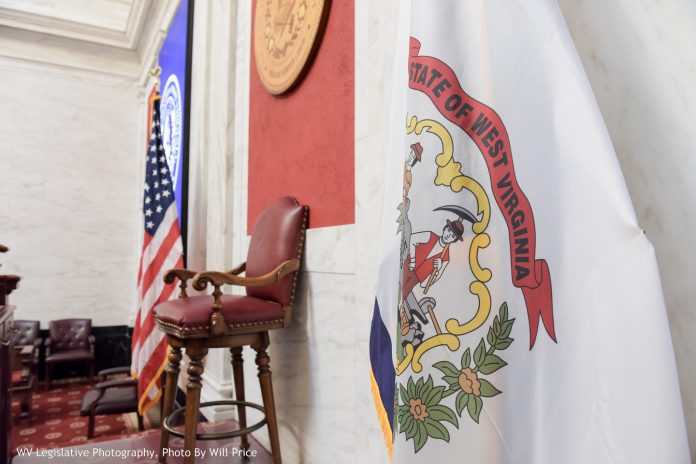SENATE PRESIDENT JEFF KESSLER
As we near the halfway point of the legislative session, the Senate Judiciary Committee has unanimously advanced the Governor’s prison overcrowding bill on to the Senate Finance Committee. The measure would put several reforms in place to alleviate West Virginia’s longstanding prison overcrowding problems while ensuring public safety.
According to the Justice Center study, the bill should stabilize the state’s prison population at about 7,400 inmates by 2018, producing savings of $116 million on operating costs and eliminating the need to build a new prison.
The bill calls for a front-end investment in a community-based substance abuse program for parolees. While our state has an adequate drug treatment program within the prison system, we do not have adequate programs within the regional jail system and we don’t have any programs available to recently released inmates on parole or probation. Due to the overcrowding issue, West Virginia currently has 1,800 inmates that should be in prison currently housed in regional jails. These facilities are intended for a short-term stay and do not have the substance abuse programs that many of these individuals need.
As we have found via intensive study of this issue over the years, a large percentage of our inmates are incarcerated due to substance abuse issues. Sadly, those offenders are at a high risk to come back to prison. If we can continue to help them after their release, we can significantly cut down on recidivism rates.
To that end, the bill would improve accountability by requiring at least six months of post-release supervision for all inmates. It would also implement alternative sanctions for those who commit technical violations while on probation or parole. The Justice Center study found that 38 percent of our state’s prison sentences are for probation or parole violation, most often for technical violations such as breaking curfew or failing alcohol or drug tests. Those committed on revocations serve an average of an additional two years in prison. We have to look at ways to discipline these offenders without re-committing them to an already overcrowded system.
The bill would also strengthen community supervision by expanding day reporting centers. The measure would also improve risk and needs assessments for inmates. If we can simply cut our recidivism rate in half by helping these inmates after their release, we will have made great progress towards ending our prison overcrowding issues.
I support the provision in this bill that would release non-violent inmates six months early and give them full supervision for those months in their communities. If you look at the statistics, the national average prison sentence for non-violent crime is two years while our state average is three years. If we implement this provision, we are still incarcerating these individuals for longer than many states. Some have spoken out against the bill, saying we are letting dangerous individuals back into our communities before fully serving their sentences. The statistics just don’t support the theory that early release is a danger to society. One example we have heard from officials in Oklahoma shows that locking more nonviolent offenders up for extended times did not reduce violent crime rates in the state. In fact, violent crime went up in the state’s bigger cities.
We need to act on this bill and act promptly because the cost of doing nothing could be large for public safety. Our prison population is nearing the tipping point and in other states that have failed to act in similar situations, courts have ordered a reduction of a certain percentage of the prison population and released hundreds of inmates without the proper probation requirements.
I am pleased that the Governor is committed to funding the start up costs for these programs, which includes $3 million this year for post-release substance abuse treatment programs, and $500,000 for various training programs. He has also pledged an additional $5.5 million annual appropriation through 2018, which is an incredible investment given the anticipated $116 million in savings over that same time.

